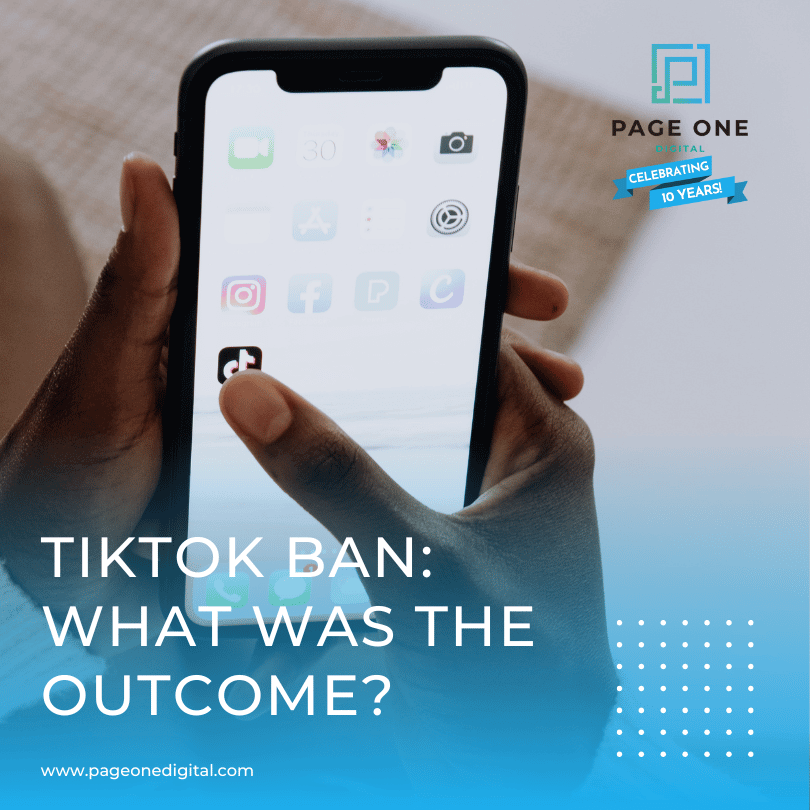The debate over TikTok's presence in the United States has been a complex saga involving national security concerns, legal battles, and executive decisions. As of today, TikTok’s status remains fluid, with recent developments providing a temporary reprieve for the popular social media platform.
Background
TikTok, owned by the Chinese company ByteDance, has faced scrutiny from U.S. lawmakers and security agencies due to concerns over data privacy and potential influence from the Chinese government. In April 2024, President Joe Biden signed the Protecting Americans from Foreign Adversary Controlled Applications Act, which mandated that ByteDance divest its U.S. operations of TikTok by January 19, 2025, or face a nationwide TikTok ban. (Atlantic Council)
Legal Proceedings
ByteDance challenged the legislation, arguing that it violated First Amendment rights. The case escalated to the Supreme Court, which, on January 17, 2025, upheld TikTok’s ban, emphasizing national security concerns. This decision set the stage for it’s removal from app stores and a potential shutdown. (WSJ)
Temporary Shutdown and Executive Intervention
On January 19, 2025, TikTok became inaccessible in the U.S., with Google and Apple removing the app from their platforms. However, on January 20, President Donald Trump issued an executive order delaying the enforcement of the ban by 75 days. This extension aims to provide time for further negotiations and potential resolutions regarding TikTok's status in the U.S. (Reuters)
Concerns Over Censorship on TikTok's U.S. Version
Concerns over censorship on TikTok’s U.S. version have been a significant part of the debate. Critics worry that government intervention, such as forced ownership changes or restructuring, could lead to content moderation practices that limit freedom of expression. Accusations have surfaced about TikTok suppressing certain political or activist content, and there are calls for more transparency regarding its content moderation and algorithm practices. This raises concerns that increased government control could set a dangerous precedent for digital platforms and undermine free speech online. As the situation develops, it highlights the delicate balance between national security and maintaining openness in digital spaces.
Current Status
Following the executive order, TikTok services have been gradually restored. Existing users regained access, but the app remains unavailable for new downloads on major app stores. Companies like Oracle, which provides hosting services for TikTok, have resumed their support without legal repercussions during this interim period. (The Verge)
Future Implications
The 75-day extension serves as a critical window for ByteDance to negotiate a sale or restructuring of TikTok's U.S. operations to address national security concerns. Potential buyers and stakeholders are likely to emerge during this period, aiming to keep the platform operational for its approximately 170 million American users. (Business Insider)
In conclusion, while TikTok has avoided an immediate ban in the United States, its future hinges on forthcoming negotiations and decisions. The situation underscores the broader challenges of balancing technological innovation, user rights, and national security in an increasingly interconnected world.
Related Posts

3 Tips for Your Instagram Marketing
For this week’s blog post, I will be discussing the importance of Instagram Marketing and using it as a powerful tool for your business. With these 3 tips you will learn how to grow your business and turn followers into clients!

3 Common Commenters & How to Respond
Engagement across your social media platforms can be broken down into 3 basic categories of commenters. Speaking from professional experience, I've found that the first step to great engagement is to spot the spam bots. You'll usually notice their obviously auto-generated emoji responses. Once you take those out of the equation and focus on actual human interactions, the real marketing can begin. While every marketer will have a different approach on how best to respond to the three following categories of commenters, here's our advice:

Are You Making Yourself Digitally Available?
Are your potential clients able to reach you on the platforms they prefer to use?


